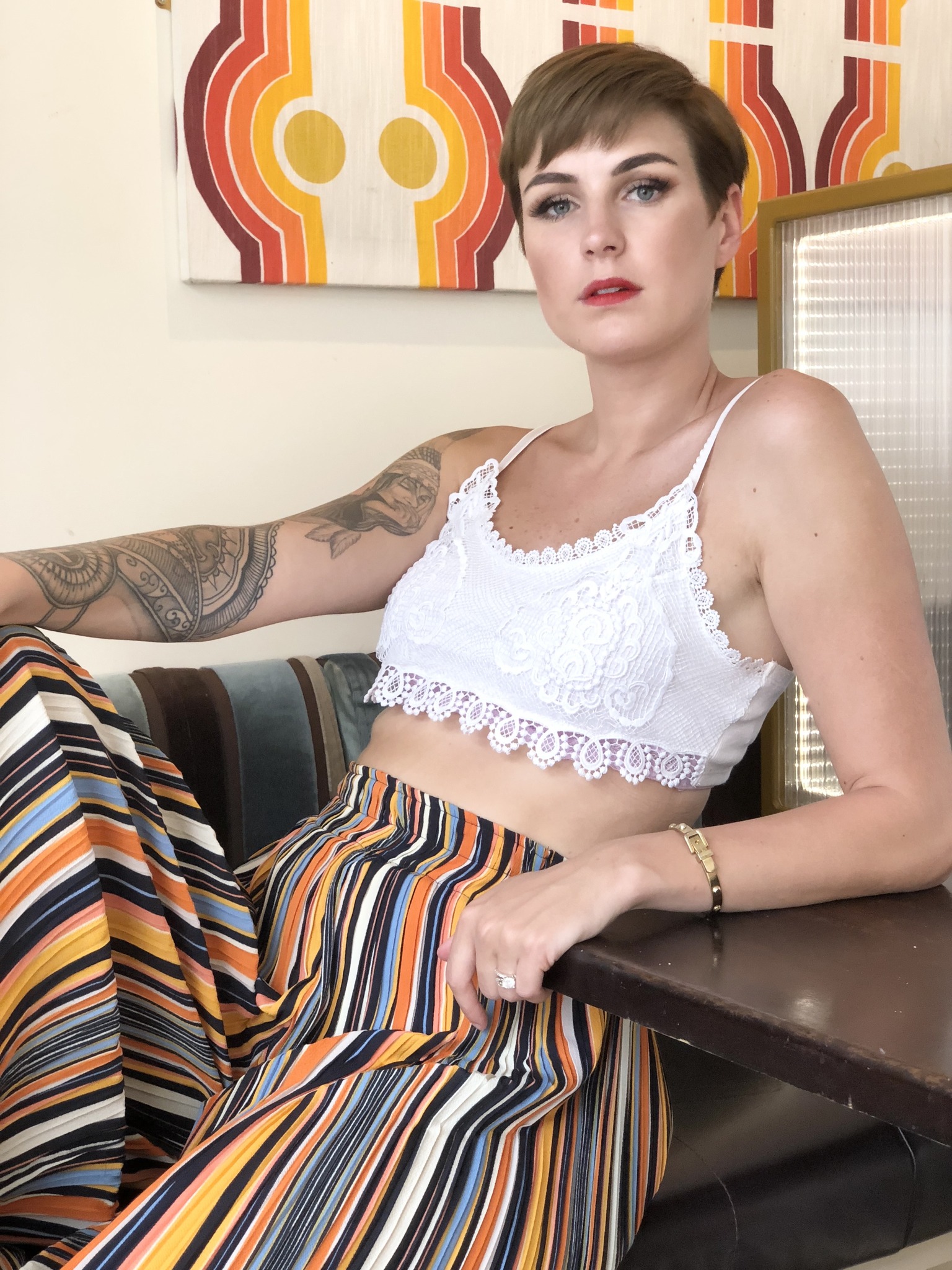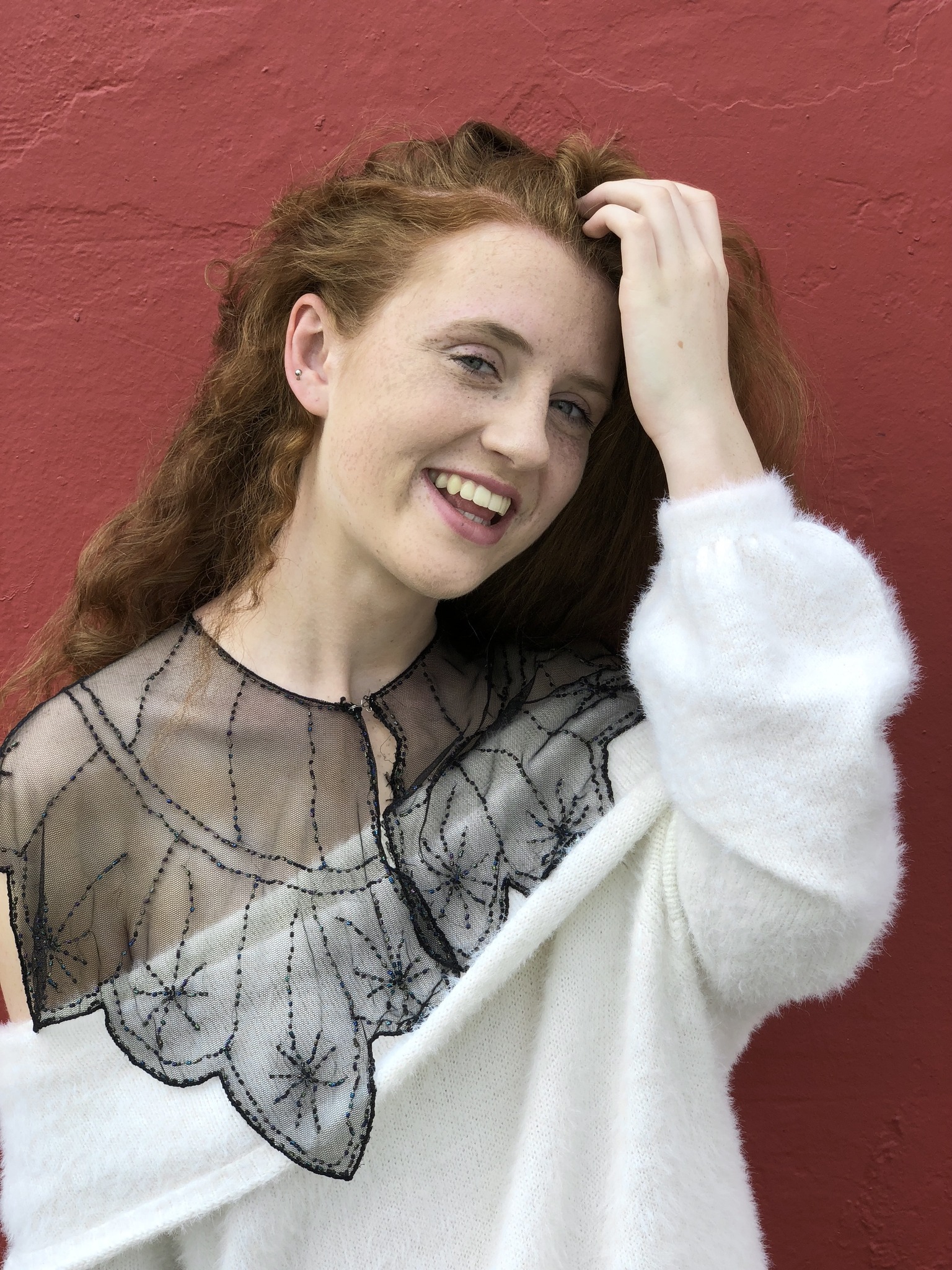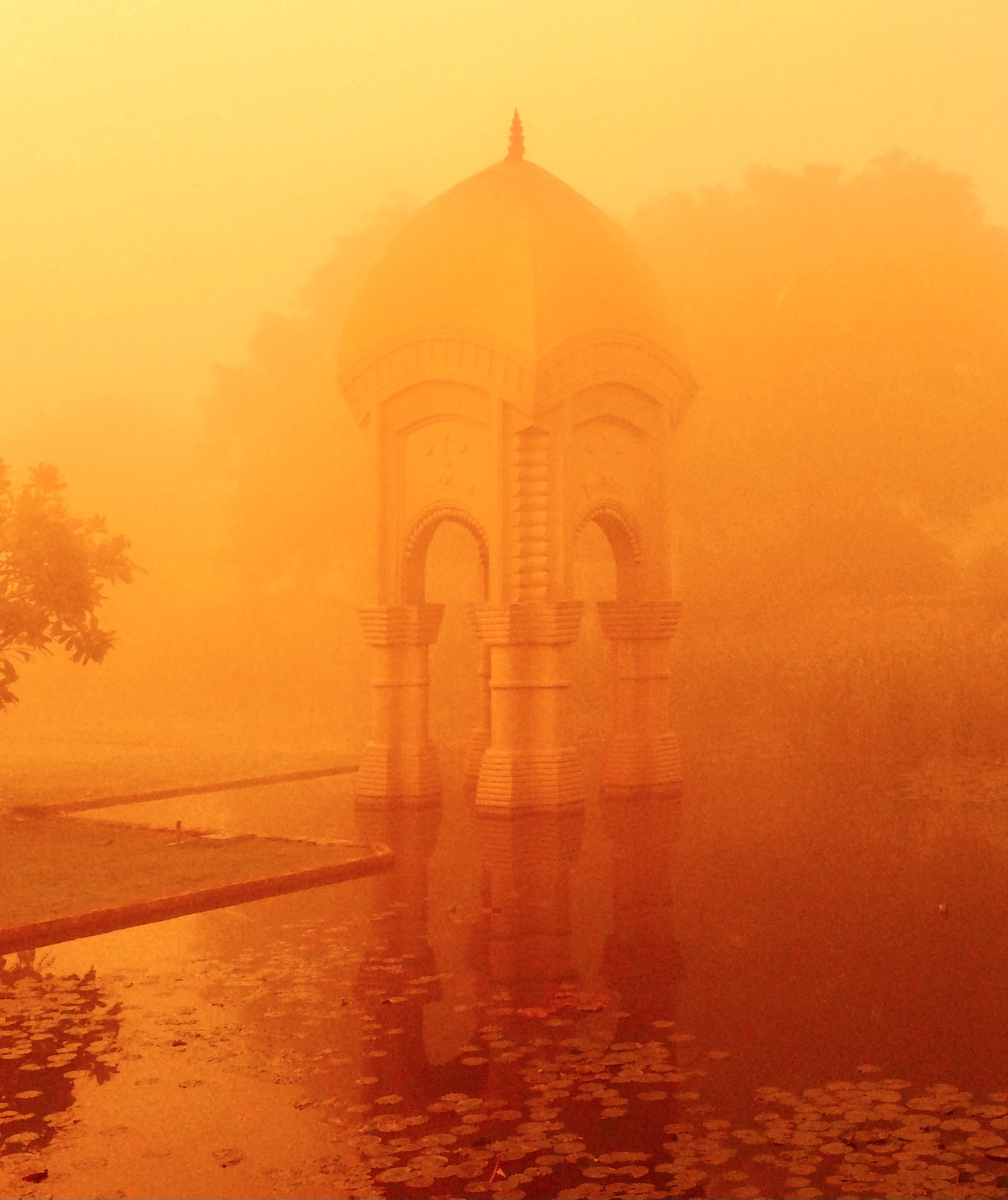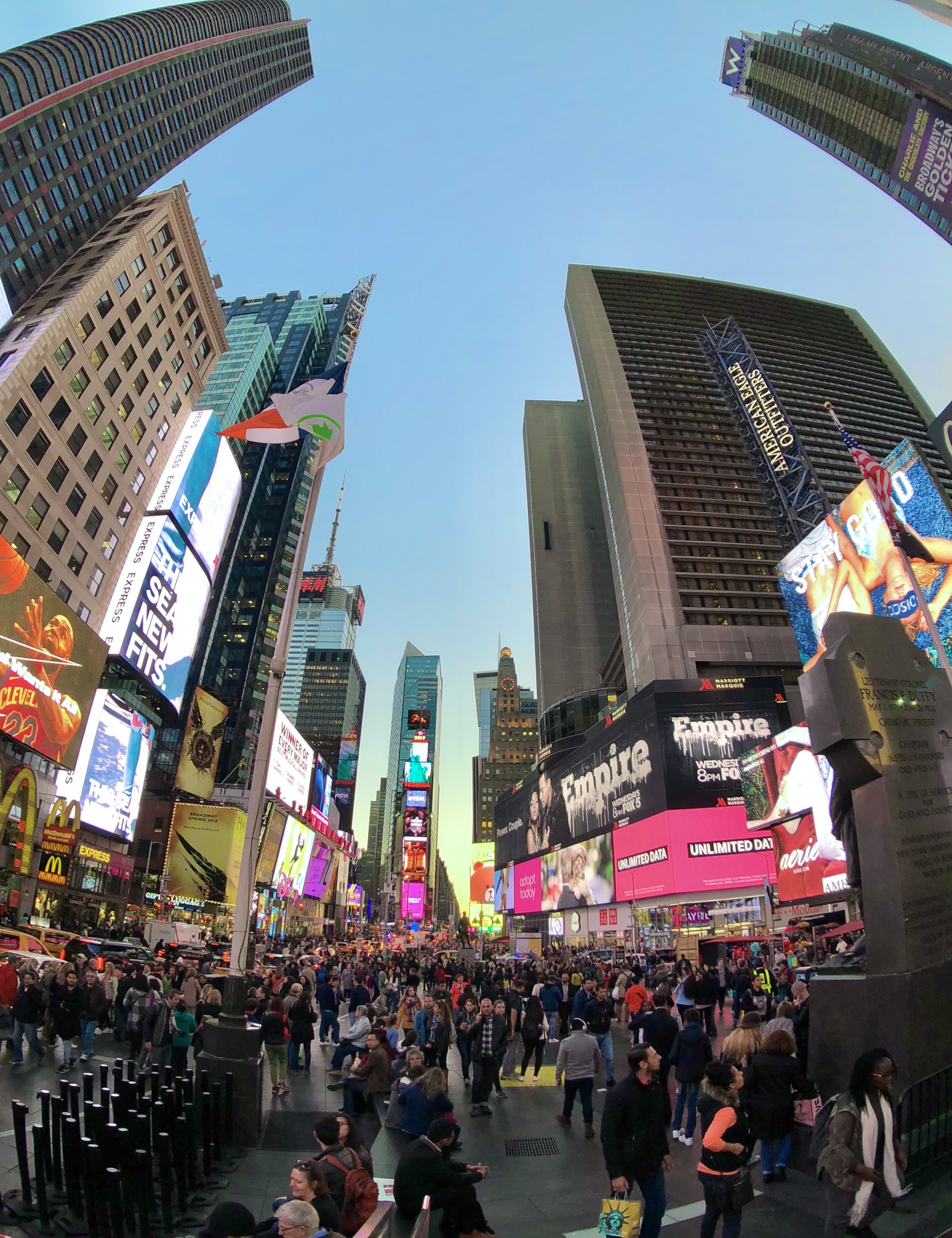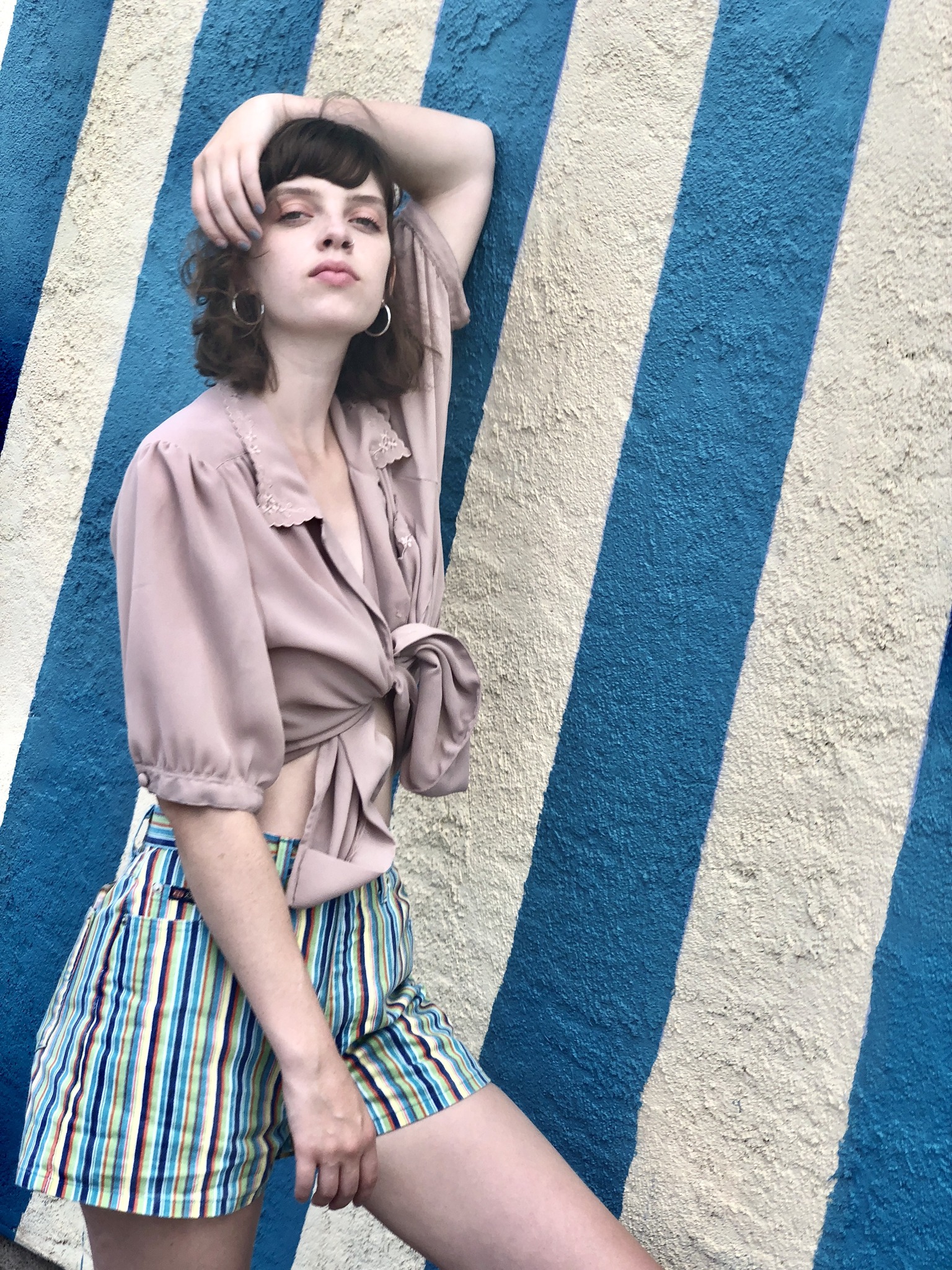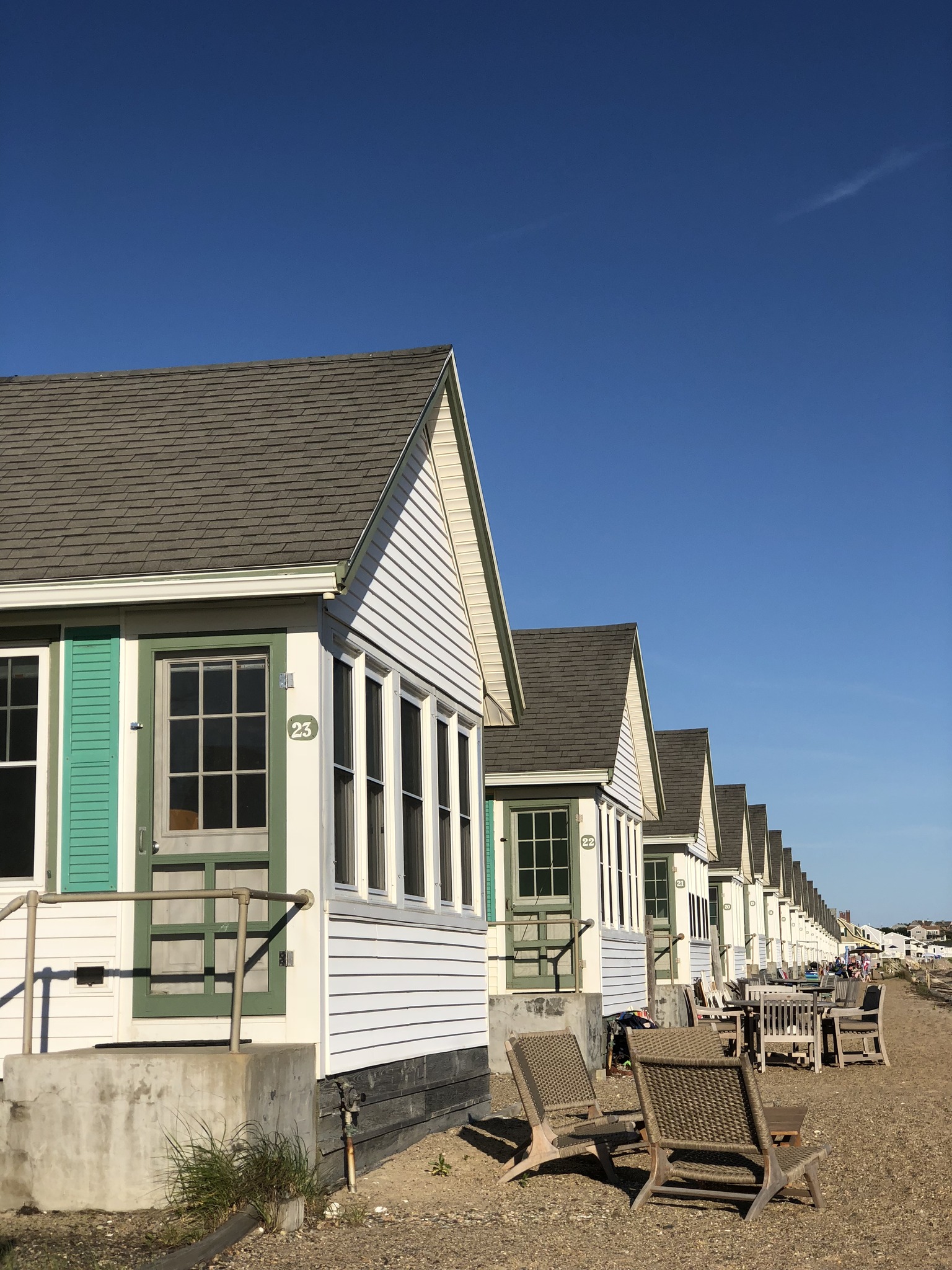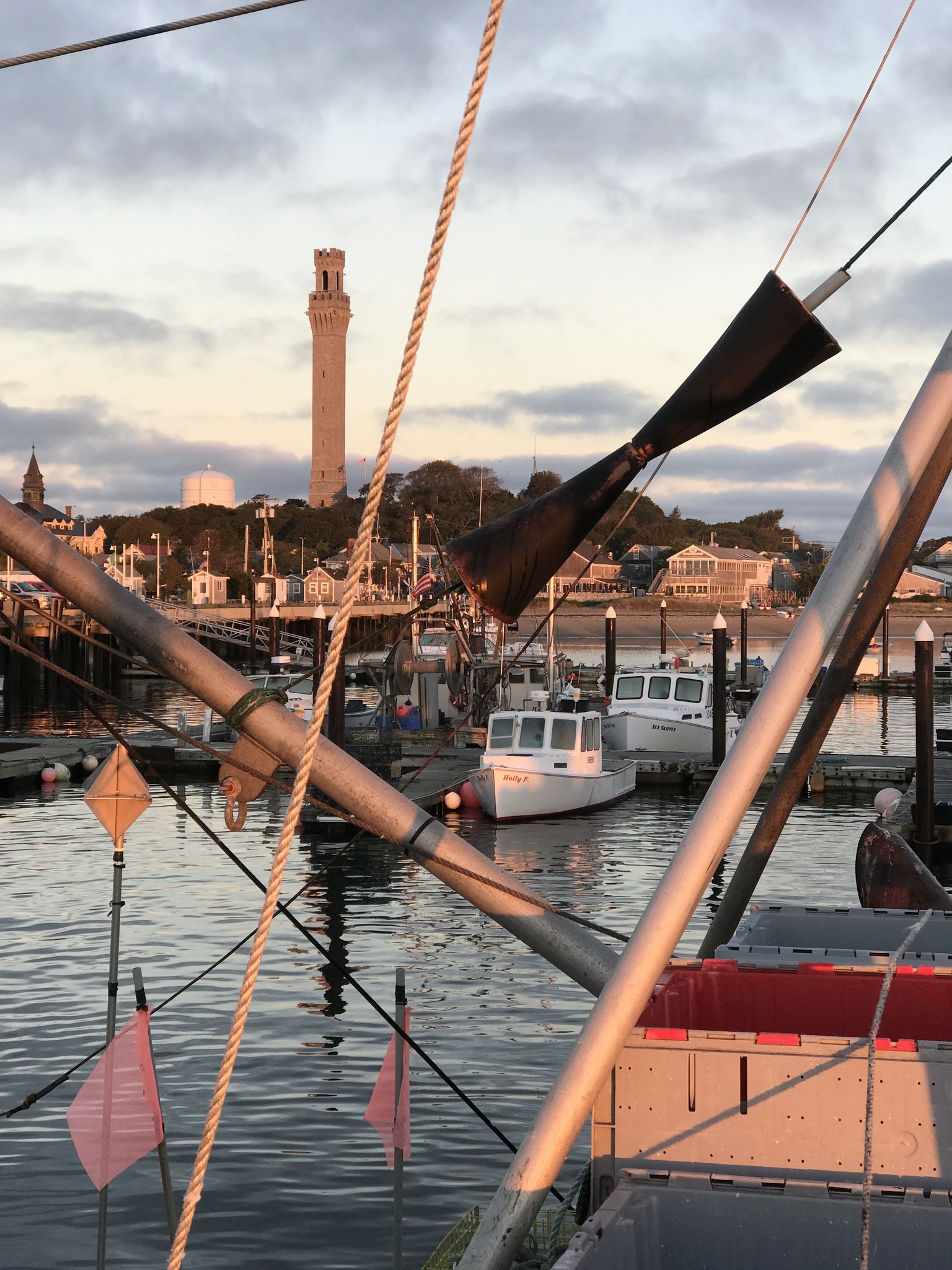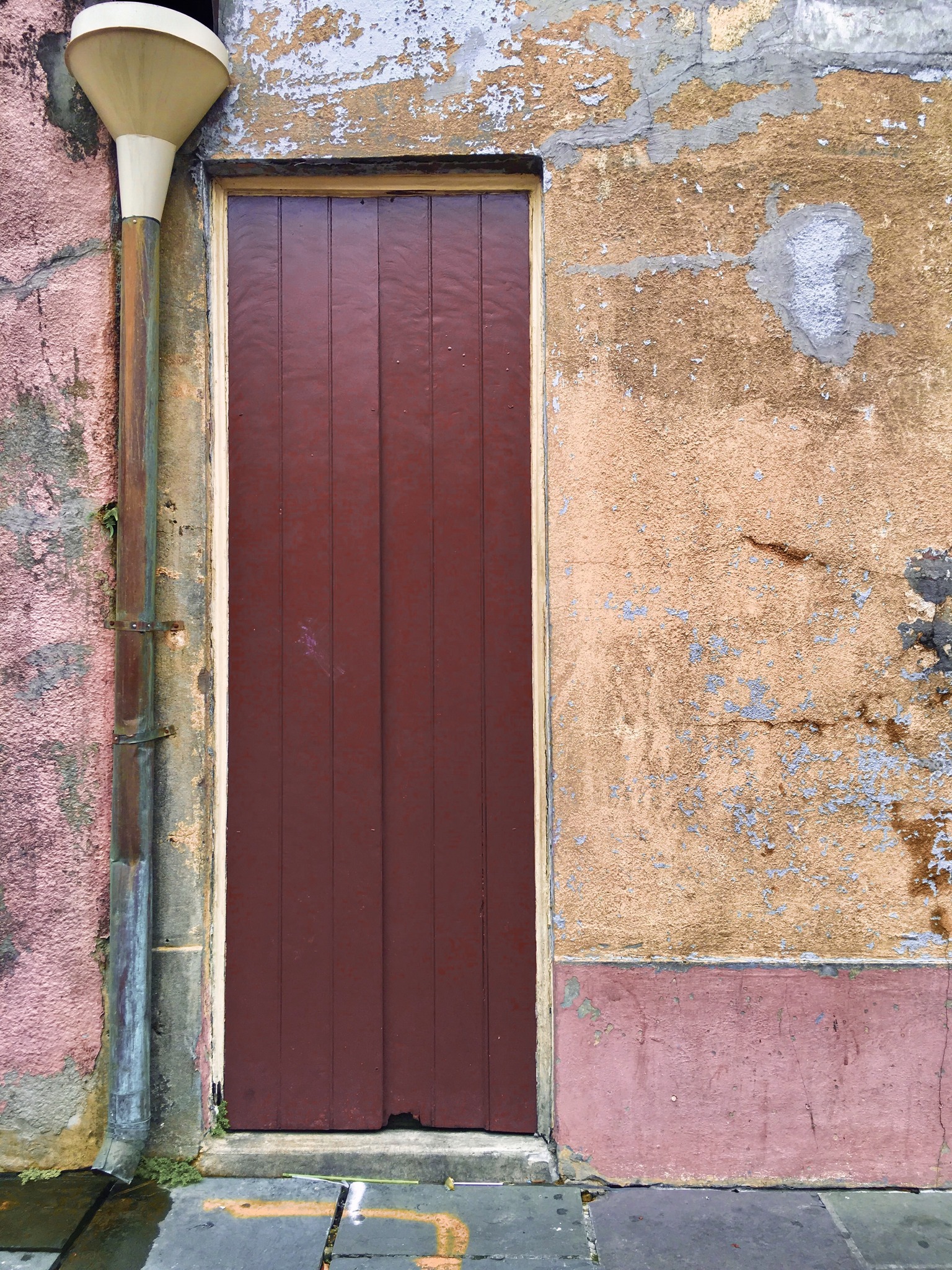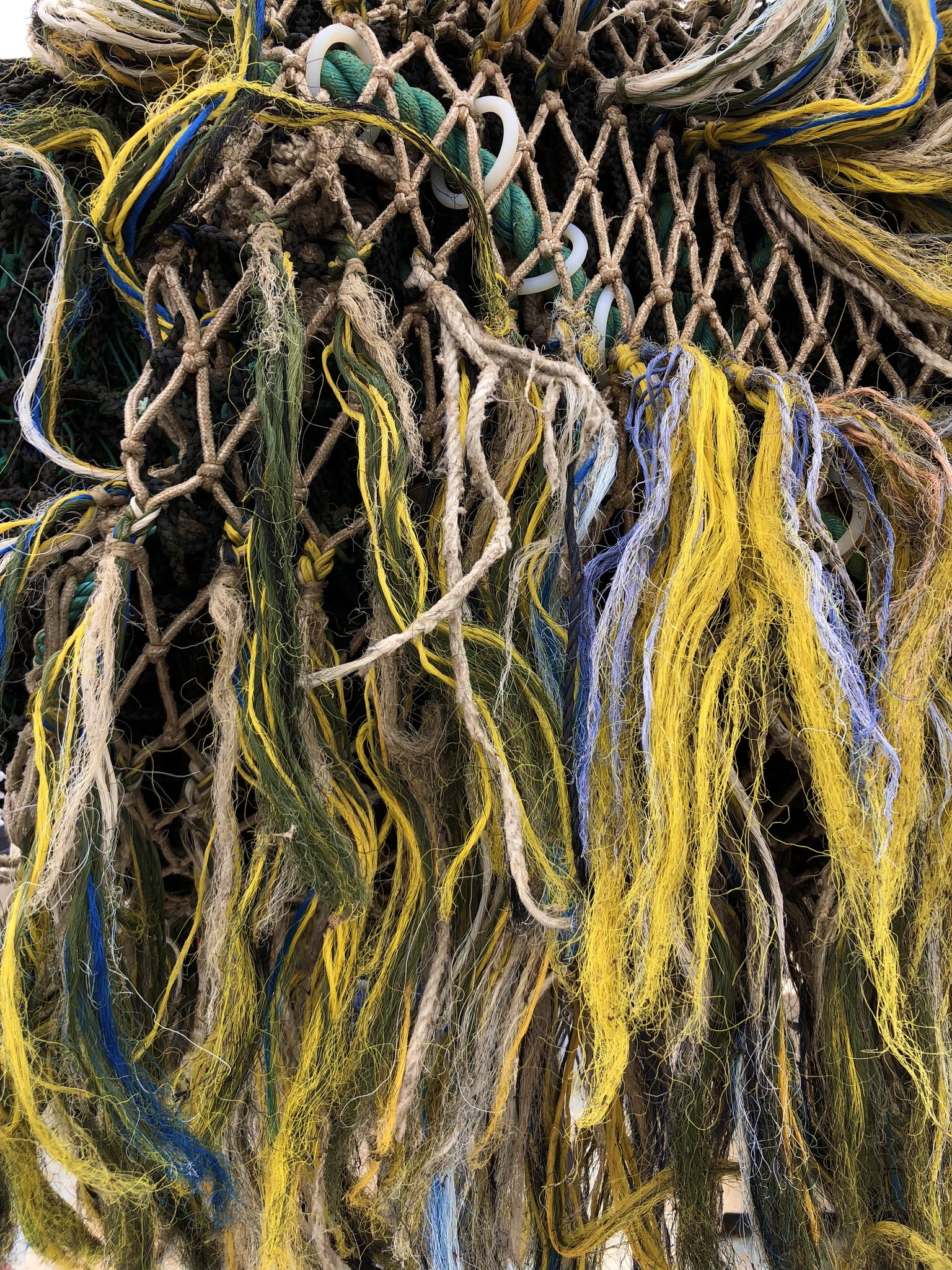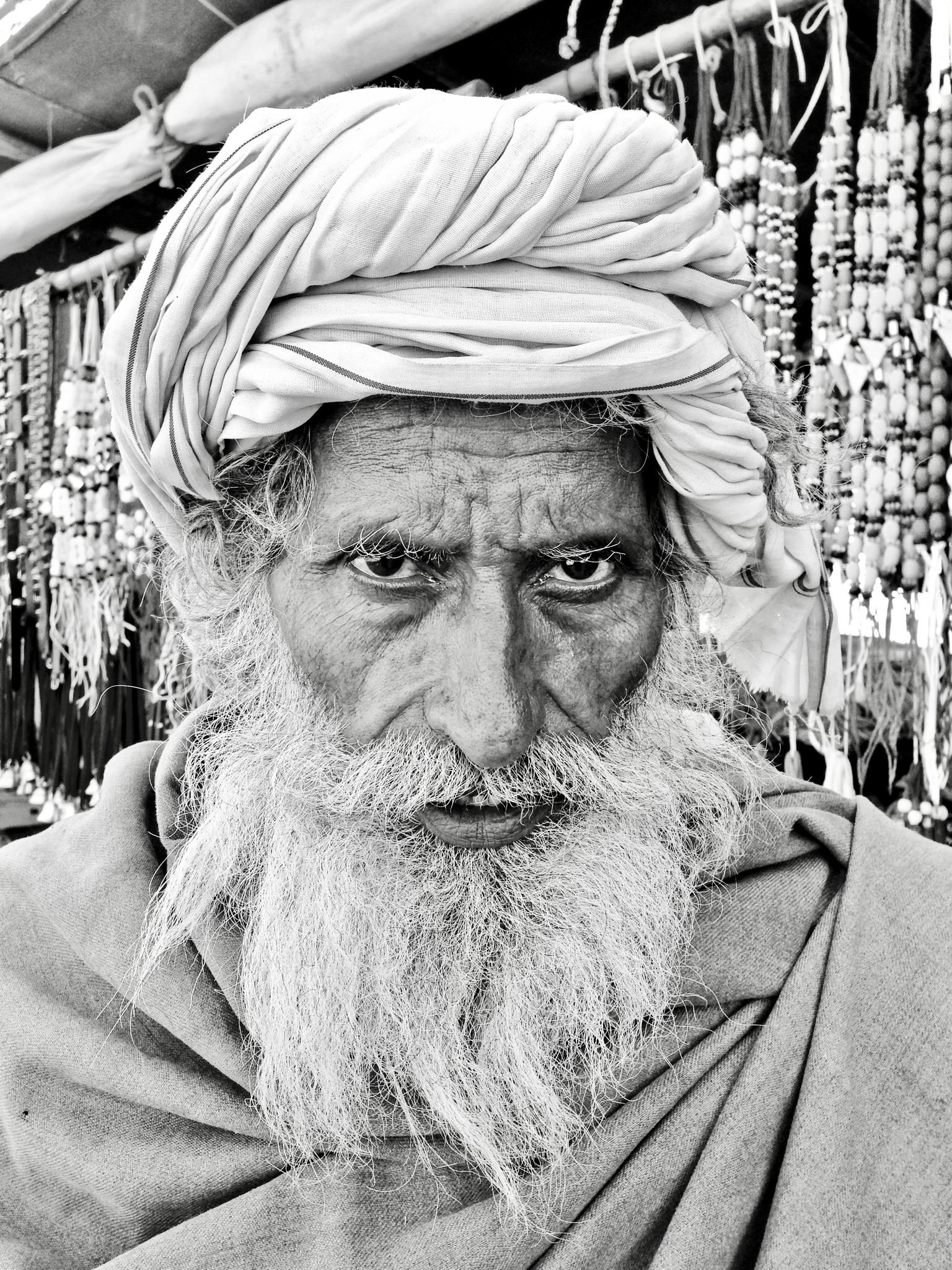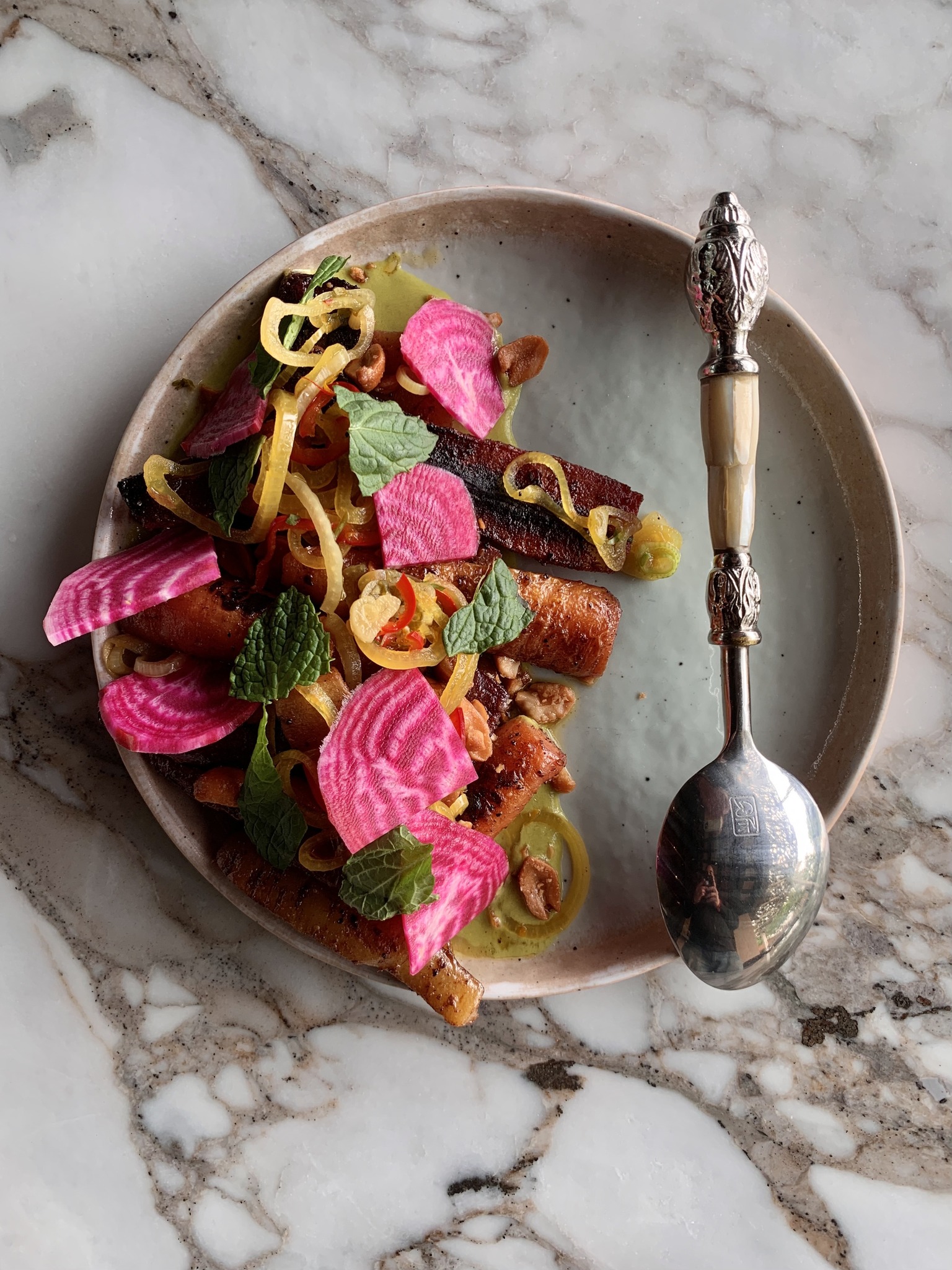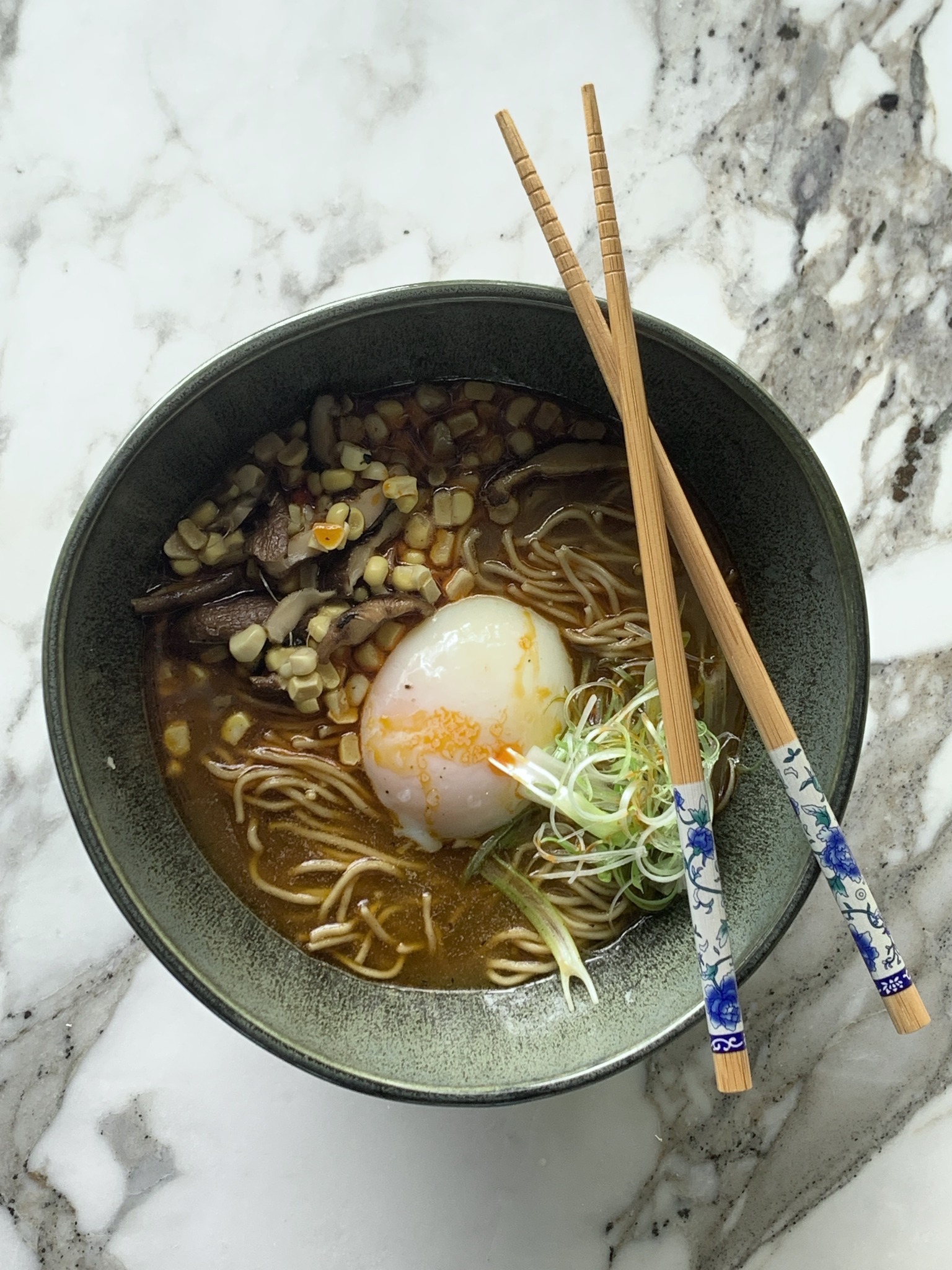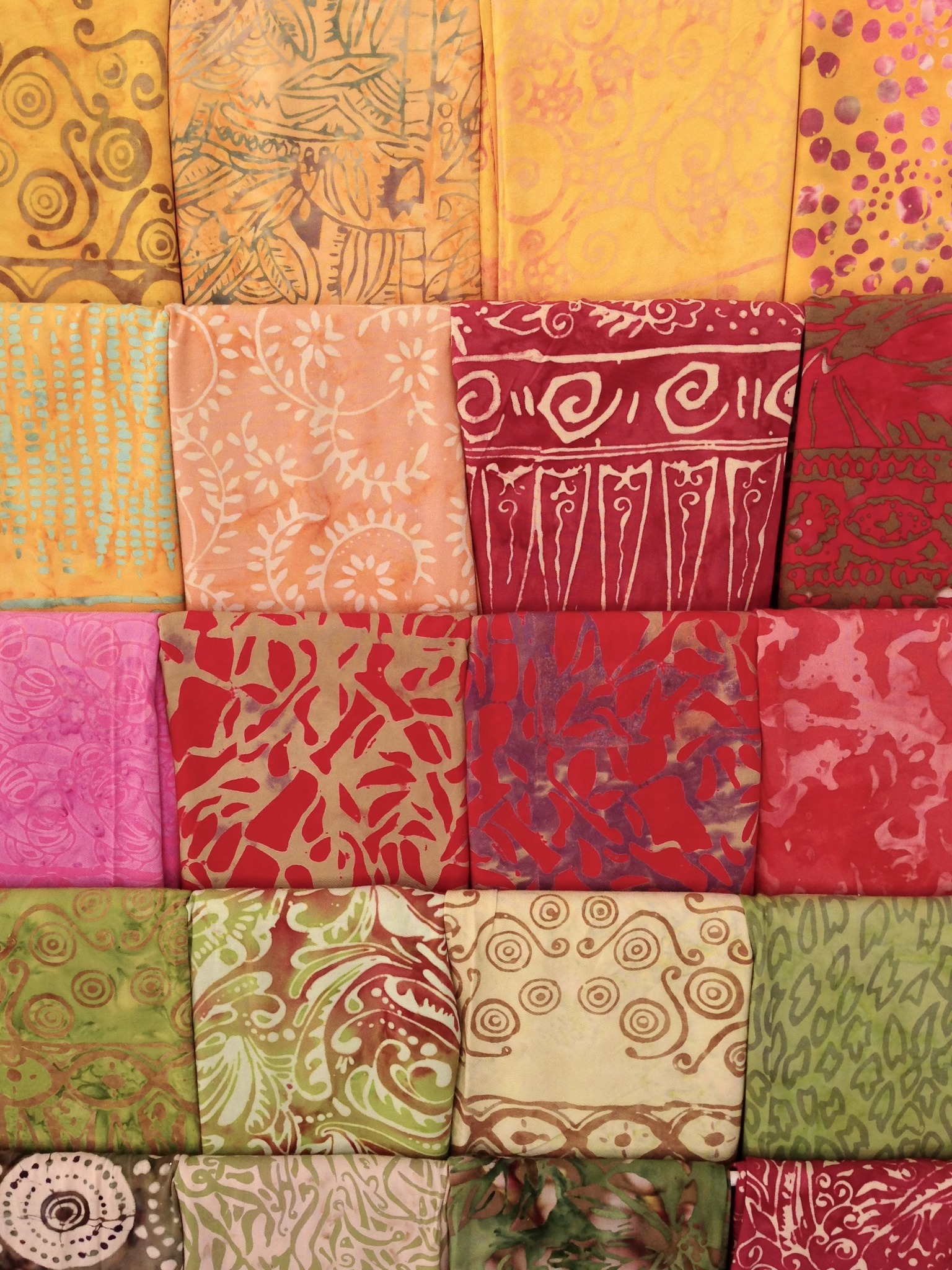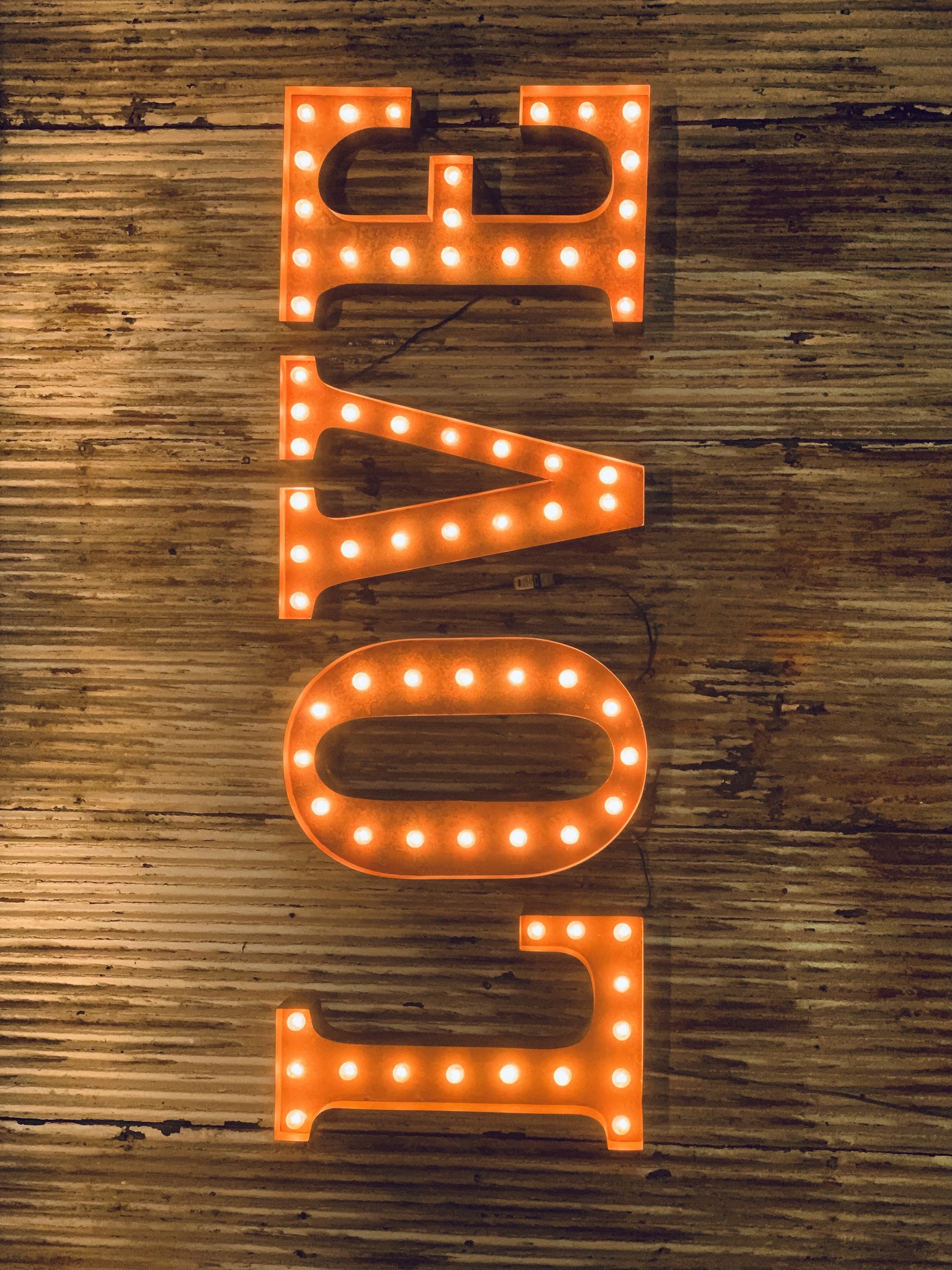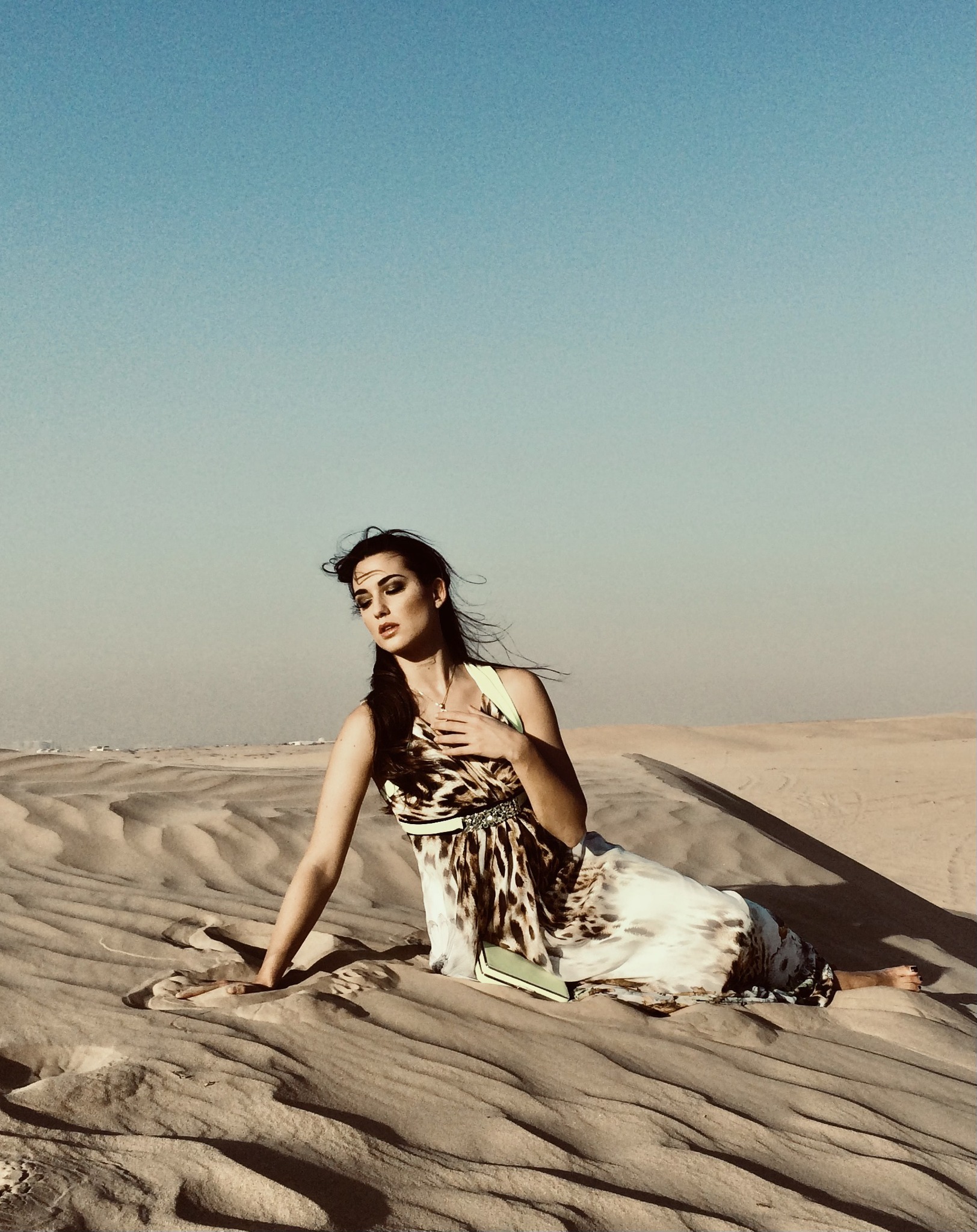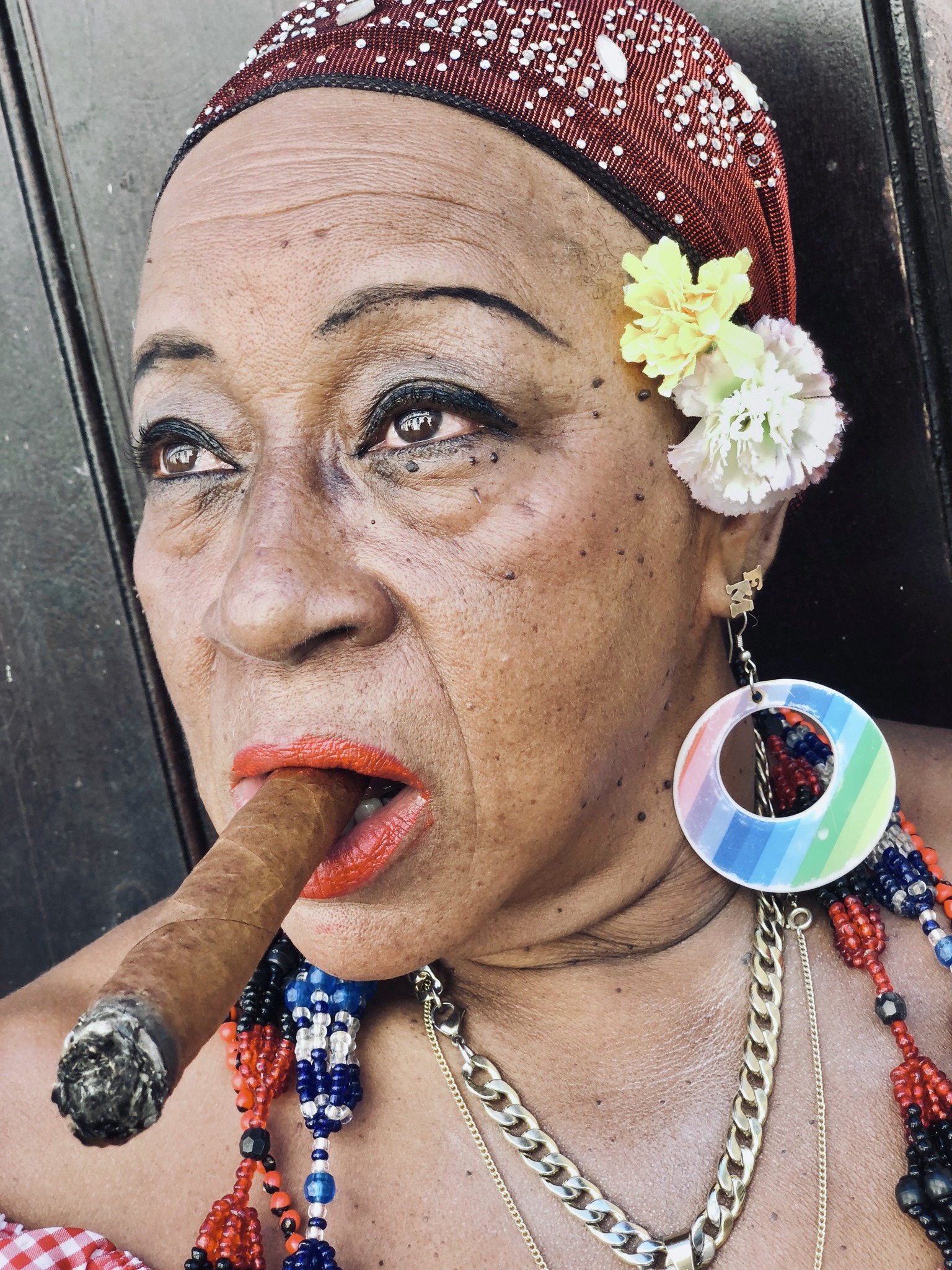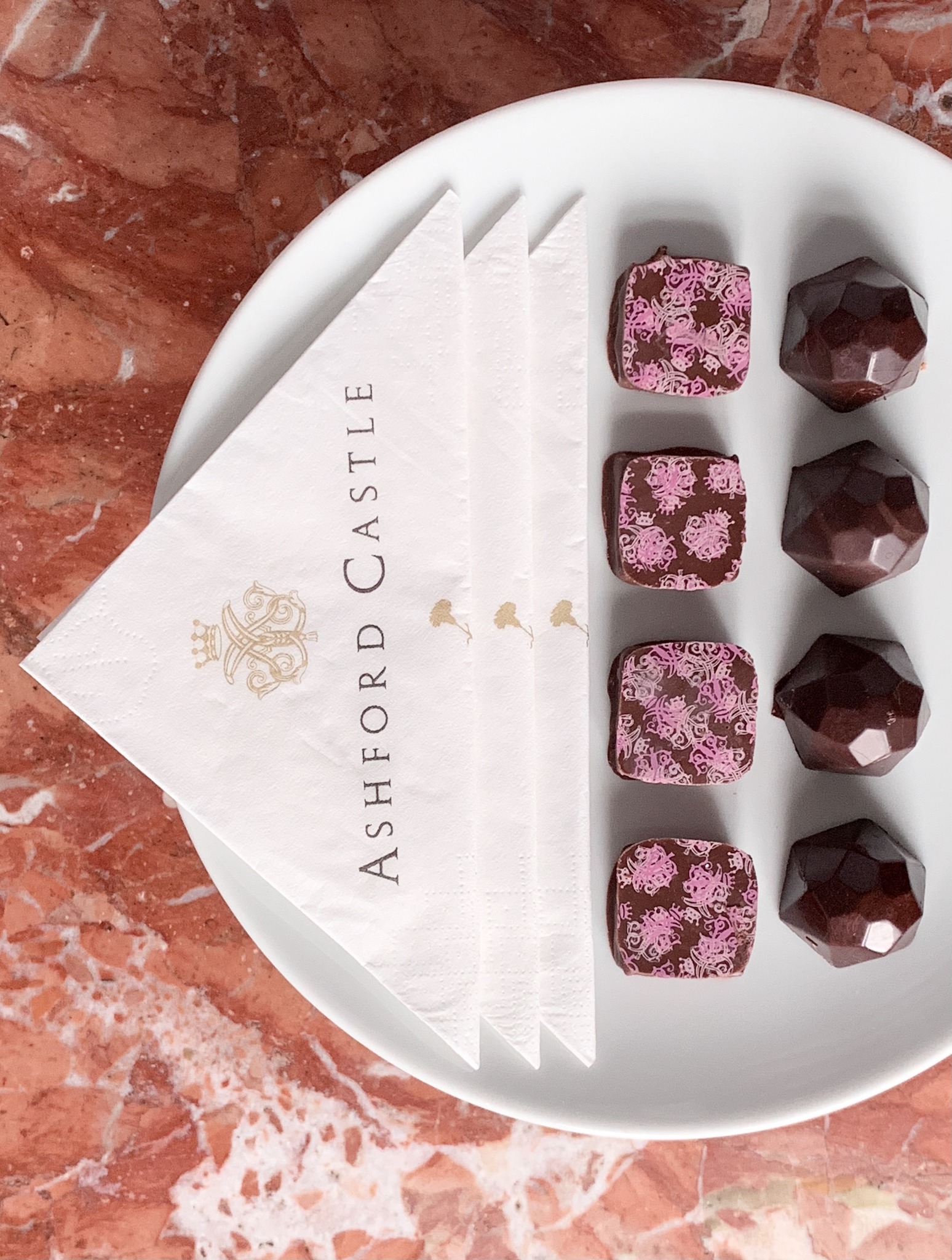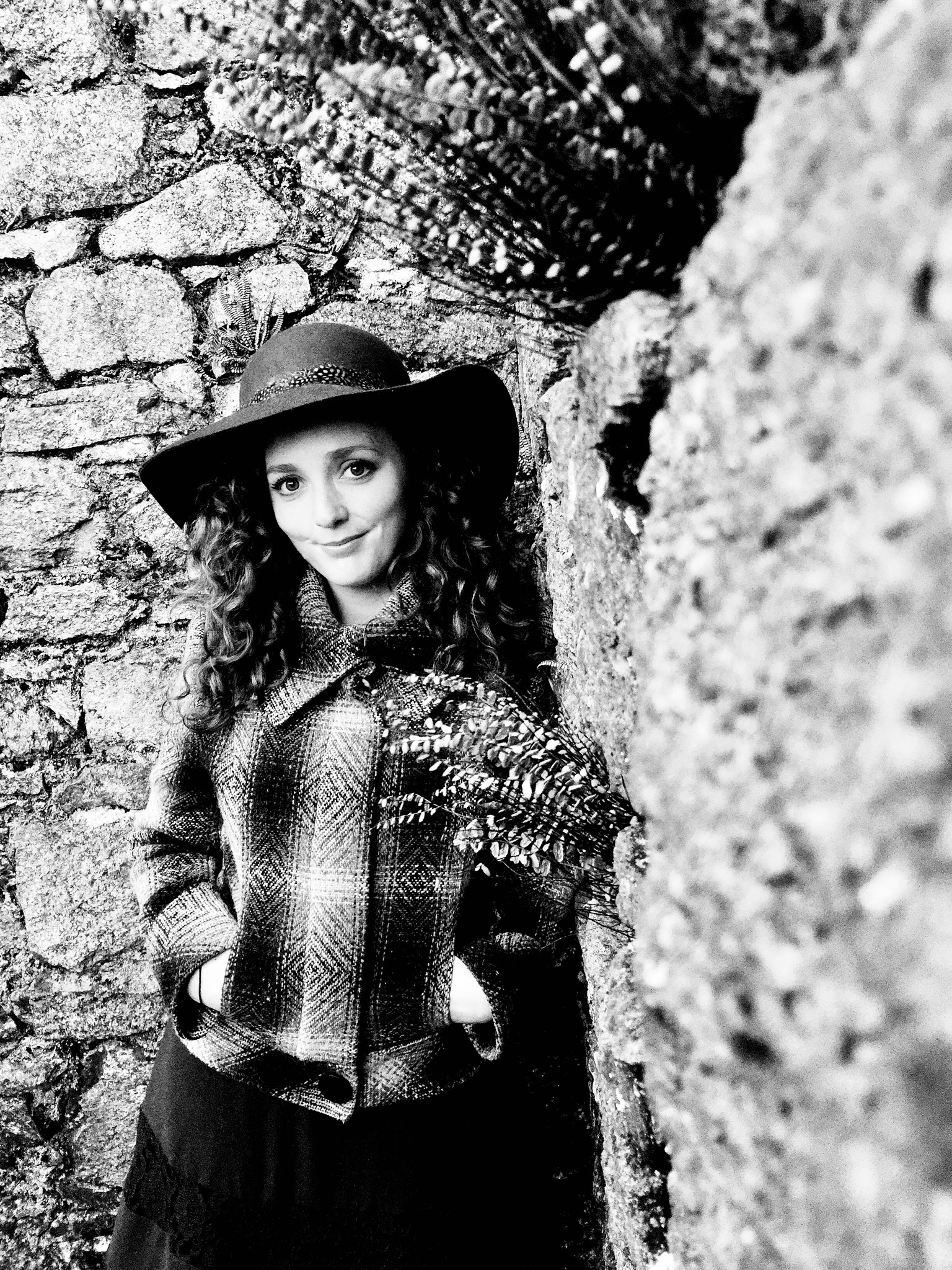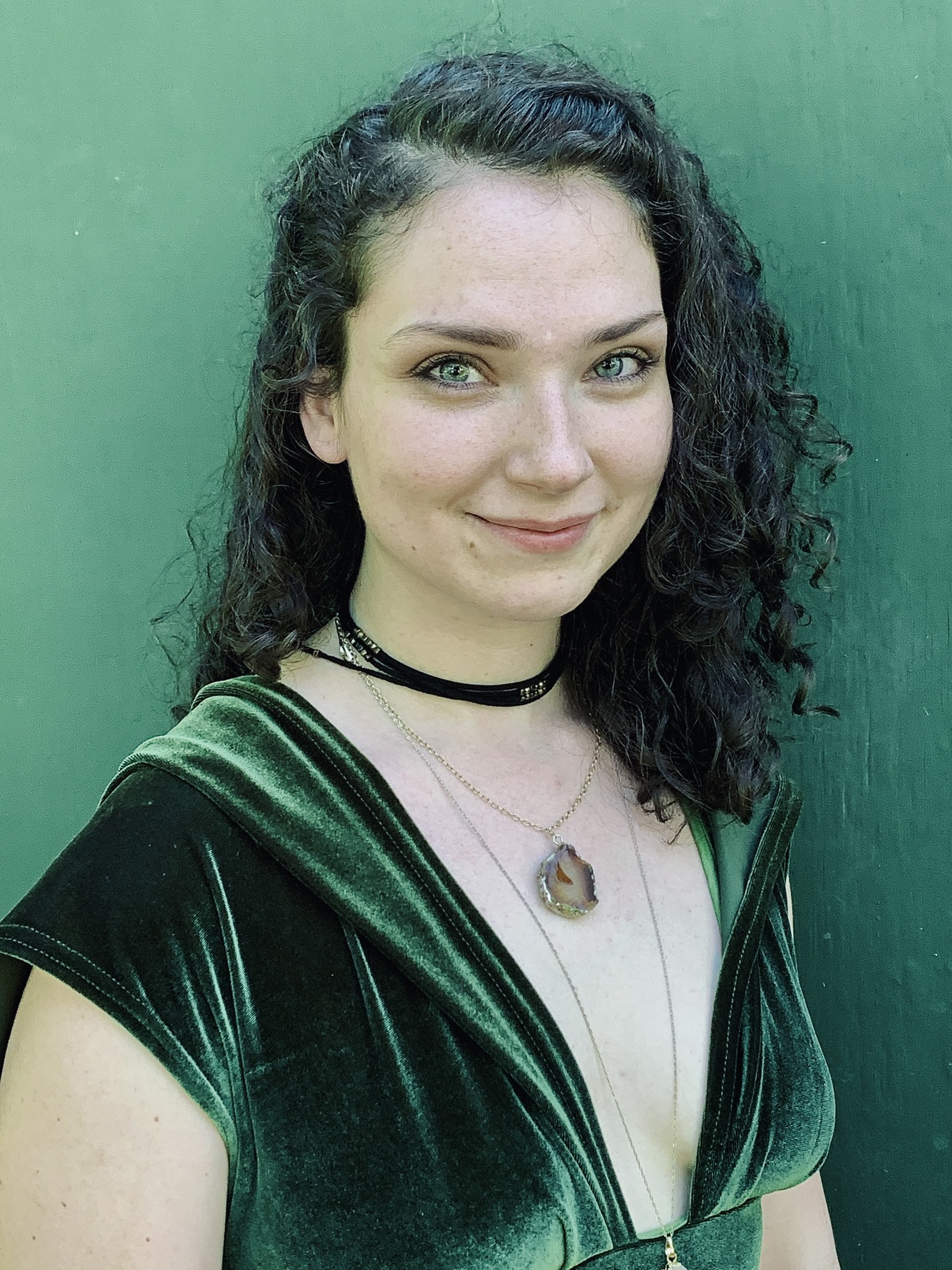I’ve always believed that your wallpaper, especially the wallpaper of youth, never really leaves you. I don’t mean the floral disaster that lined the kitchen, living room, or bedroom of your childhood home (although let’s be honest, that pattern is burned into your retinas forever). No, I mean the invisible wallpaper—the stuff of innocence and life that sticks to your bones, the context that shapes you before you even know you’re being shaped. It’s the music on the radio, your first kiss, the sports teams you cheered for (whether you wanted to or not), the local celebrities, the high school classes that made you yawn, and the world events that seeped into your teenage consciousness like secondhand smoke.
For me, that wallpaper was from small-town Reading, Massachusetts, circa 1968-1972, 9th-12th grade, age 15-18. It was a time of tie-dye shirts, bell bottoms, and a general distrust of “The Man.” It was a time when everyone’s older brother and sister had an opinion about Vietnam, and every mother secretly hoped their son’s draft number would be high enough to keep them stateside. It was when Richard Nixon was both president and the subject of every political cartoon in the Boston Globe. And in my little, picturesque, safe, and charming pocket of the world, I was soaking it all in, completely unaware that the colors, textures, and rhythms of this era would later seep into my photography like an old Polaroid developing in slow motion.
Click.
The Glue That Stuck
I wasn’t a photographer then. My camera was my own two eyes, and my film was everything happening around me. But looking back, I can see how my personal wallpaper was priming me for a career spent seeing, framing, and capturing the world.
Despite my adolescent demons, dragons, and devils, I loved Reading and loved growing up in Reading. It was awesome! I was so lucky.
Wallpaper galore. The Civil Rights Movement. Assassinations of Martin Luther King Jr. (1968) and Robert F. Kennedy (1968). U.S. vs Soviet Union Cold War. Apollo 11 moon landing (1969). Women’s Liberation Movement – Feminist push for equal rights, workplace equality, and the ERA (Equal Rights Amendment). The Rolling Stones. Sexual Revolution and Free Love. The Hippie movement. Peasant blouses and maxi dresses. Easy Rider. Clockwork Orange. Butch Cassidy and the Sundance Kid. The Godfather. Bobby Orr. Bill Russell.
Barrows Road
The Soundtrack of My Wallpaper
Of course, no wallpaper is complete without its soundtrack, and mine was filled with the greats. The Beatles were breaking up, but their music was forever. Led Zeppelin was turning up the volume on what it meant to be a rock god. The Doors were making every kid in town question authority, and Pink Floyd and The Moody Blues were laying the foundation for the kind of introspective moodiness that would one day define my own sense of wandering and wondering.
And let’s not forget James Taylor, who was born in Boston but spent much of his early life in North Carolina before developing deep ties to Martha’s Vineyard. His Fire and Rain wasn’t just a song; it was a state of mind. That kind of poetic lyricism? It finds its way into your bloodstream, and years later, without realizing it, you start trying to capture the same kind of storytelling in your images.
The Education I Didn’t Appreciate (Until Later)
High school in the late ‘60s and early ‘70s was a mixed bag. We had civics class, where we tried to wrap our heads around Nixon, Watergate, and the general mess of American politics. We had environmental science, inspired by the first Earth Day in 1970, which was probably the first time any of us thought about pollution as something other than that weird smell near the Charles River. We had literature classes, where we read Slaughterhouse-Five and Catcher in the Rye, two books that, at the time, felt like required reading for any teenager who wanted to feel appropriately angsty about the world.
The Fashion That Wouldn’t Die
Speaking of sticking, let’s talk about bell-bottoms. They were the fashion equivalent of a bad haircut—you regretted them almost immediately, but somehow they defined an entire era. Same with fringe jackets, platform shoes, faded jeans, sandals, and rope belts. And yet, those aesthetic choices—the boldness, the rebellion, the pure, unfiltered joy of it all—would later inform how I approached color and texture in my photography.
The Food That Fueled the Journey
If my photography is a reflection of my life experiences, then part of that experience is, undeniably, TV dinners and Jell-O salads. You think I’m joking, but there’s something about the rigid, predictable compartmentalization of a TV dinner that teaches you about structure. And Jell-O salads? They’re proof that sometimes, unexpected combinations (pineapple and cottage cheese? Really?) can still work. Both lessons have, oddly enough, found their way into my work—whether in carefully structured compositions or the willingness to experiment and embrace the unexpected.
The Wallpaper That Still Hangs
Now, here’s the kicker: even though my professional photography career didn’t start until years later, the roots of it were right there in my small-town, early ‘70s experience. The textures of Reading, Massachusetts, were the fertilizer for my creative journey. The Bruins, the Beatles, Shop Class, the way The Godfather changed cinema forever—all of it stayed with me, layered like old wallpaper in a house that refuses to be renovated.
We like to think we grow out of our formative years, but the truth is, they just become part of the foundation. I may have swapped Hamburger Helper for something a little fancier, and my wardrobe no longer includes tie-dye, but the essence of those years—the way they shaped my eye, my instincts, my understanding of what makes a moment worth capturing—remains.
The wallpaper of youth-it never really left.
Click.
Jack.
